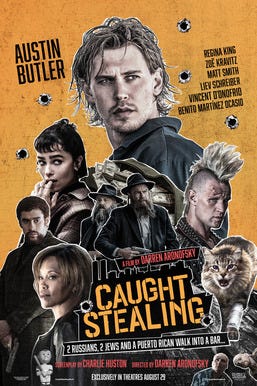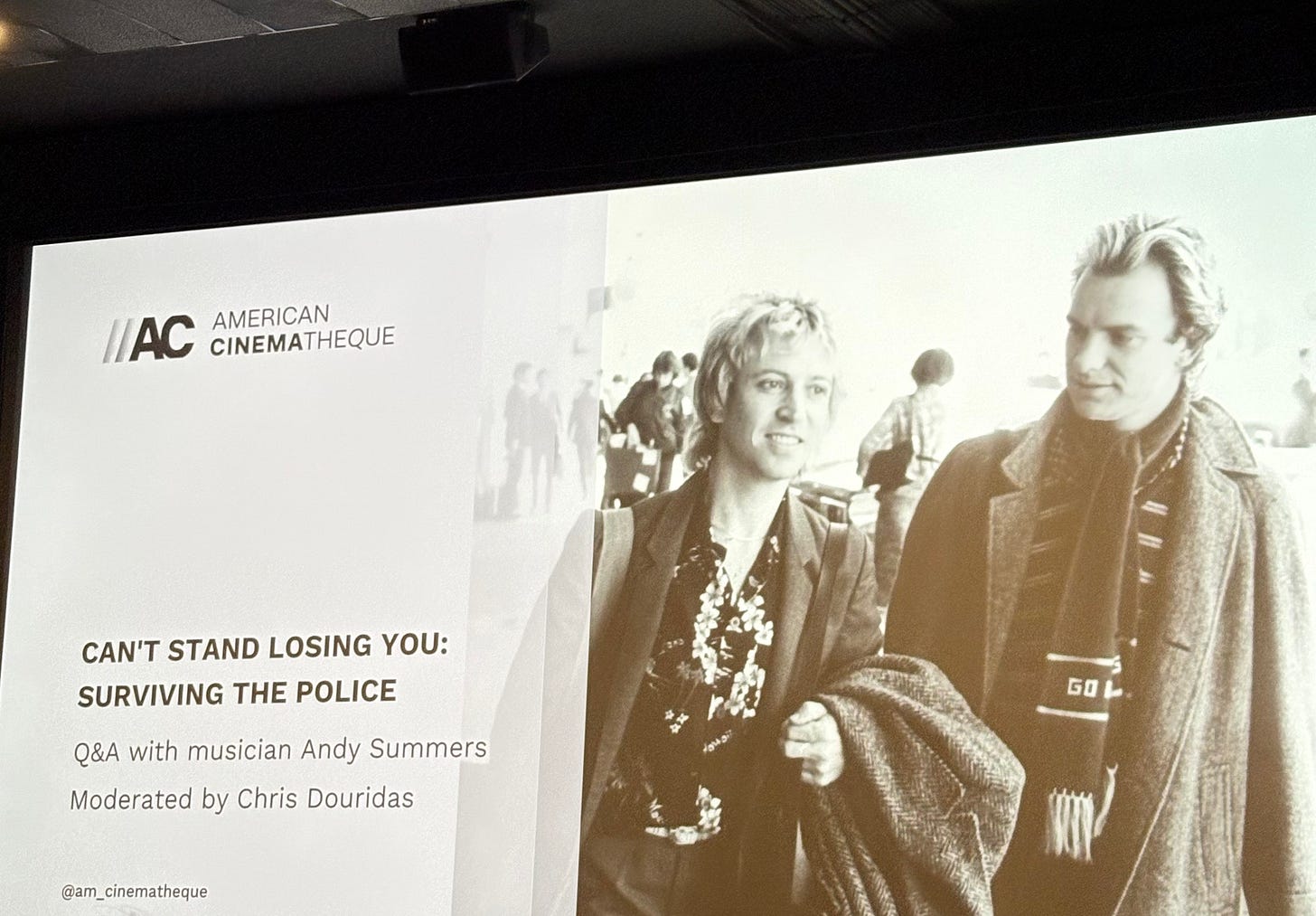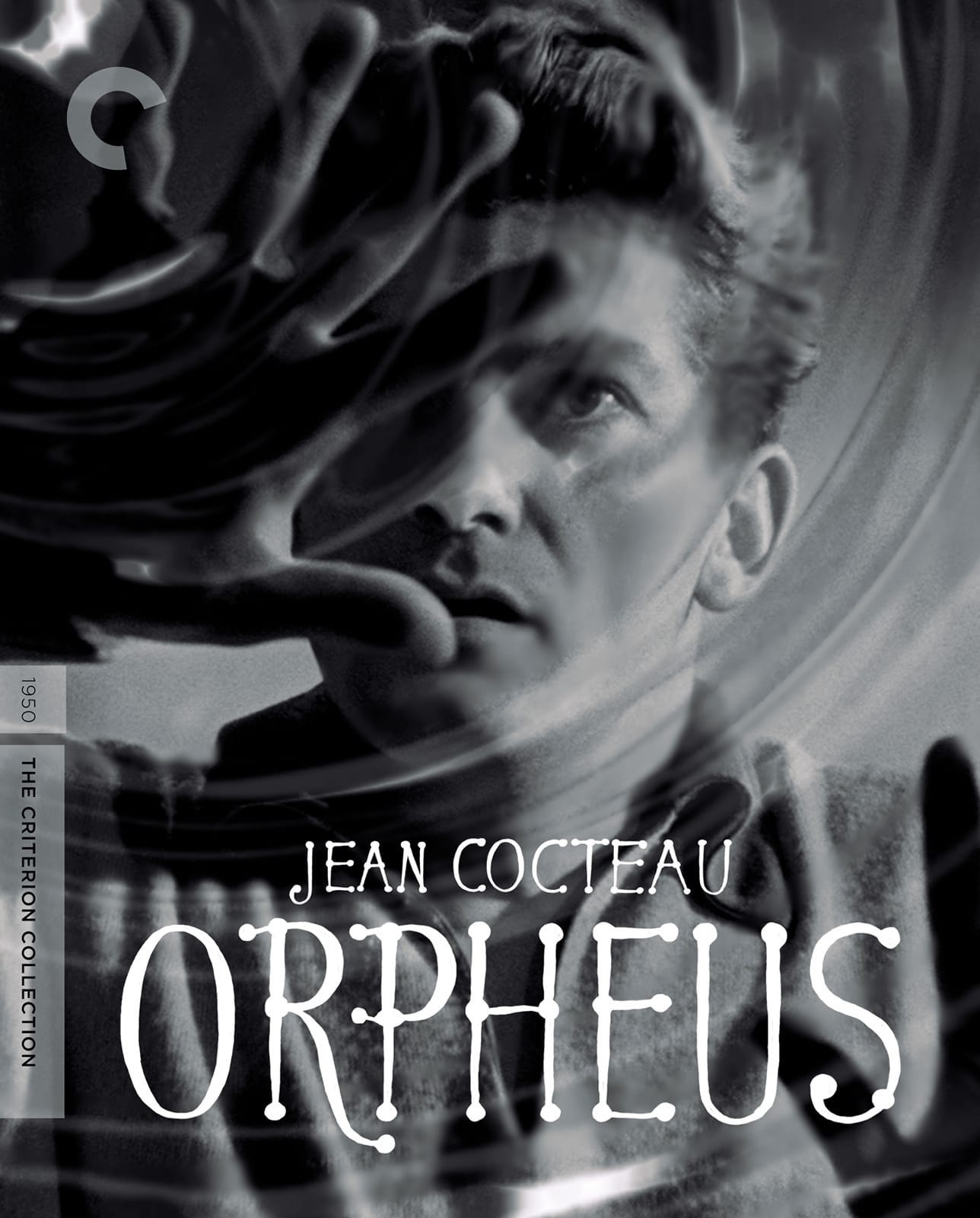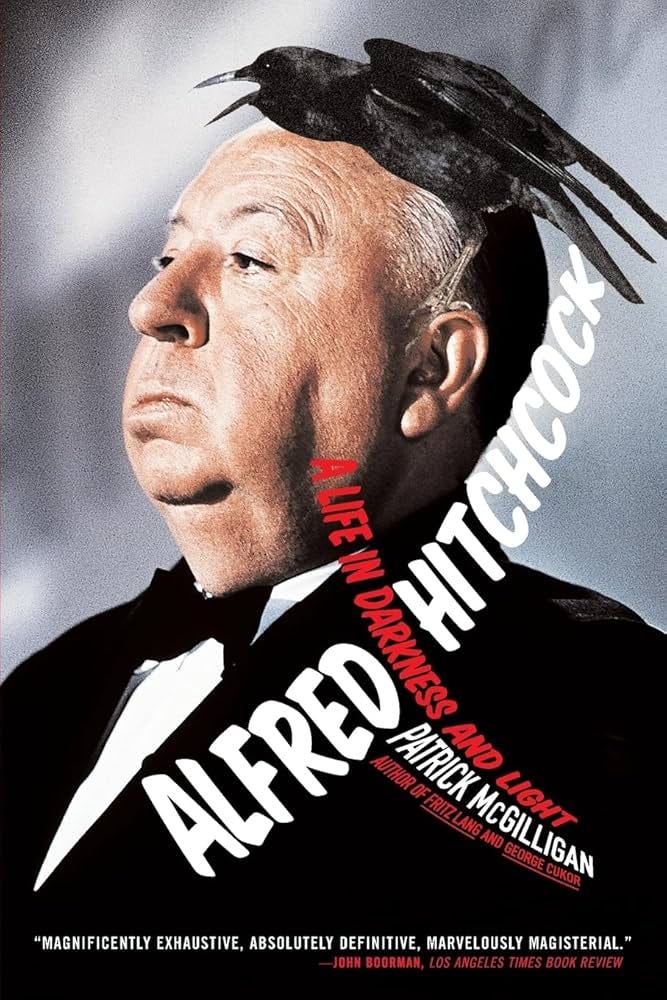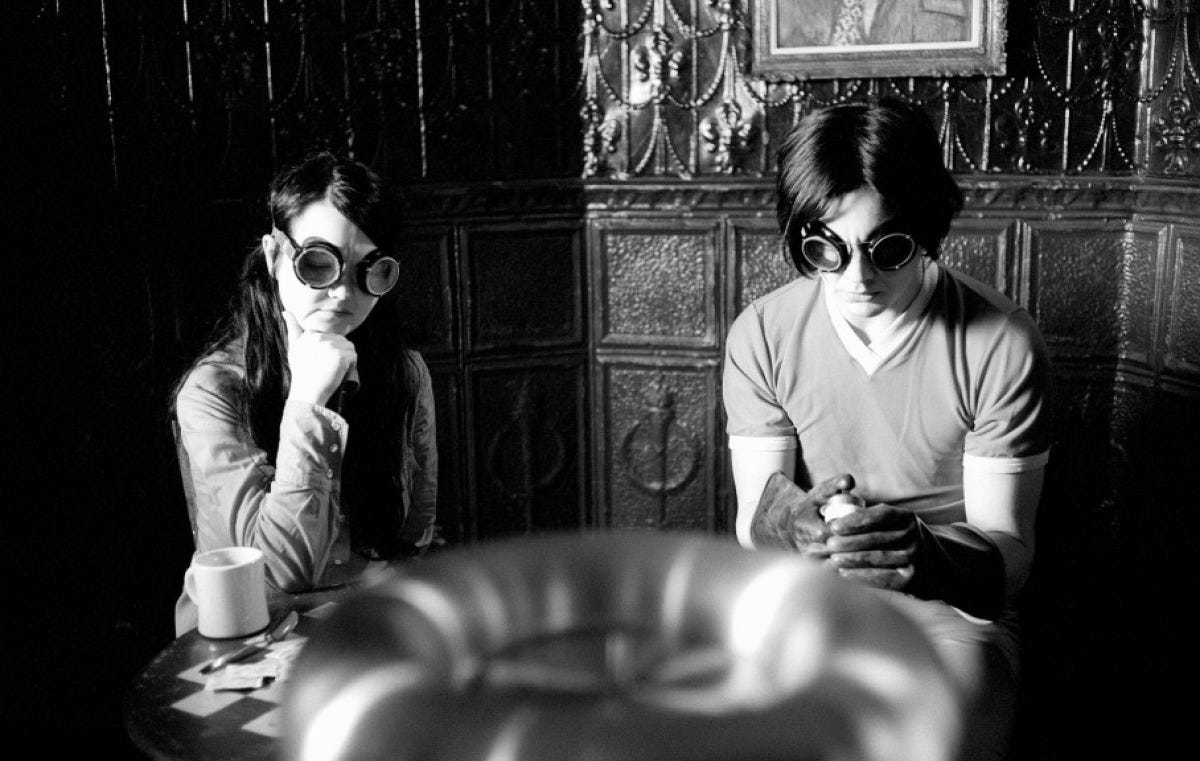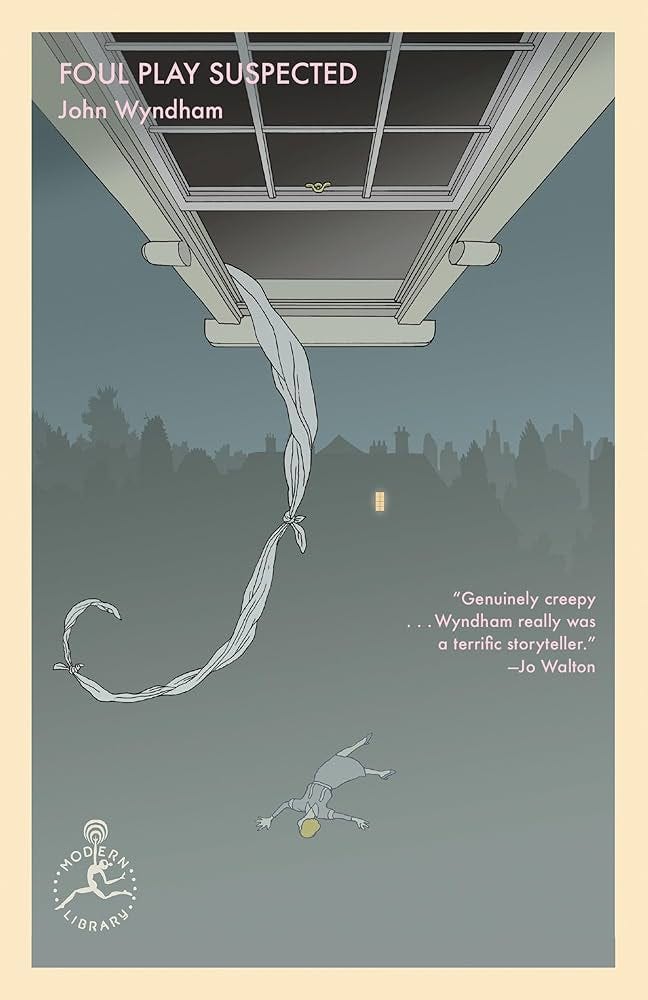Here’s what I watched and read last week…
MOVIES
Apollo 10½: A Space Age Childhood (2022) is an animated film that takes place in 1969, not long before Apollo 11 lands on the moon. The story is told through the eyes of Stanley, a fourth grader living in the Houston suburbs. What I loved about the film are the small details Linklater captures from the era—food, TV shows, board games, pop music, and more. Linklater’s emphasis on the everyday is never boring; I found myself completely absorbed by the film.
Sangre Del Toro (2025) is a documentary about filmmaker Guillermo del Toro and his love of horror. I’ve heard del Toro speak many times on horror and the Gothic—especially in his video on Bleak House—but this is by far the most in-depth exploration of his passion for the genre.
Big Eyes (2014) tells the true story of Margaret Keane, an artist known for her paintings of figures with oversized eyes. It’s a low budgeted film directed by Tim Burton, and Amy Adams and Christoph Waltz deliver excellent performances—I’m surprised they weren’t nominated for Academy Awards. The costumes and sets are outstanding. The court sequence is a bit over the top, but overall I really enjoyed watching Burton’s film.
Marvin’s Room (1996) is a powerhouse of actors, starring Diane Keaton, Meryl Streep, Leonardo DiCaprio, and Robert De Niro. It’s a strong story with excellent performances, particularly from DiCaprio, who would go on to become a global star later in the 1990s.
Quadrophenia (1979) is based on The Who’s 1973 rock opera and follows Jimmy, a Mod living in 1960s England. Whereas Ken Russell’s Tommy (1975) uses surrealist imagery to capture The Who’s first rock opera, Quadrophenia emphasizes realism and working-class grit. Phil Daniels convincingly embodies Jimmy’s schizophrenia, and it was cool to see a young Sting play the Ace Face. An excellent film from one of my all-time favorite bands.
Eddington (2025). Ari Aster’s new film is kind of a mess. There are some funny moments, and I always love seeing Joaquin Phoenix on screen, but it felt like I was watching two different films. The mix of graphic violence and comedy didn’t work for me. And, like Beau Is Afraid, the movie went on too long.
Moonrise Kingdom (2012). I watched the Criterion edition, which looks amazing. There are some great extras, including a making-of feature. Moonrise, along with The Grand Budapest Hotel, represents Wes Anderson at his best.
TV
I finished the first and second seasons of Slow Horses. Both seasons were exciting. I love the labyrinthine storytelling, with all its twists and turns. The characters from Slough House are complex and interesting, especially Jackson Lamb (Gary Oldman). I’m looking forward to season 3.
Watching season 5 of Stranger Things took me a little time to settle into the story, especially while trying to ignore how much older the characters have gotten. But I’m really enjoying it. It definitely feels like the show is moving toward its endgame. I love the crosscutting between the different storylines—it’s such an engaging series. I just wish they hadn’t broken the season into parts.
Welcome to Derry has a Stranger Things vibe but is much darker. They just introduced an element from Doctor Sleep connected to Dick Hallorann’s character, which I won’t spoil. There are only three episodes left, and I’m curious to see how it will all come together.
BOOKS
King Sorrow is Joe Hill’s latest novel and might be one of his best. If you haven’t read it, I won’t say much about the plot, but there’s definitely a dragon involved—something the cover makes clear. The novel is epic in both scope and storytelling, blending fantasy and horror with medieval scholarship. There’s plenty of humor, but it’s never snarky, and I love all the references to popular culture. I’ve read most of Hill’s work and think he’s one of the best descriptive writers out there. Don’t be intimidated by the novel’s length—it’s never boring.



